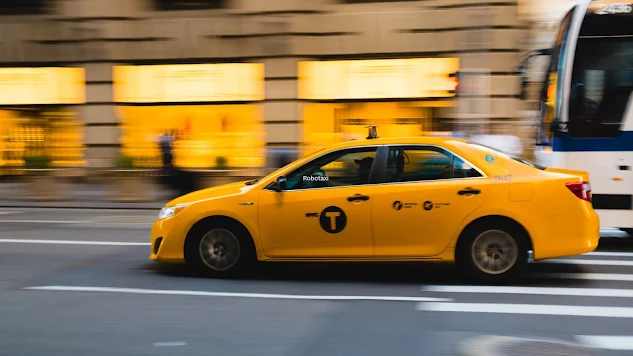Austin, TX – June 27, 2025
Tesla has officially taken the next step toward a driverless future by launching its highly anticipated robotaxi service in Austin, Texas. This limited rollout marks Tesla’s first public entry into the autonomous ride-hailing market, a major milestone CEO Elon Musk has been promising since 2019.
The fleet consists of modified Model Y vehicles, operating in a geofenced area covering South Lamar, East Riverside, Rainey Street, and parts of downtown Austin. The service is currently invite-only, targeting Tesla superfans and selected influencers. Each ride costs a symbolic $4.20, and the cars run daily from 6 AM to midnight.
Real-World Testing, Real-World Issues
While early passengers reported a mostly smooth experience, multiple viral videos quickly surfaced showing concerning behavior. Instances included cars briefly drifting into oncoming traffic, sudden braking for non-existent obstacles (known as “phantom braking”), and difficulty navigating intersections.
Each robotaxi is currently staffed with a human safety driver in the passenger seat, ready to take over if necessary. Tesla has emphasized that this is a “super cautious beta” and acknowledged the presence of both remote support and restricted operational zones to mitigate risks.
Scrutiny and Regulatory Oversight
Tesla's robotaxi launch didn’t go unnoticed by regulators. The National Highway Traffic Safety Administration (NHTSA) has already begun reviewing footage of Tesla’s autonomous performance in Austin. Meanwhile, Texas is preparing to roll out a new state permitting system for autonomous vehicle operations starting September 1.
Critics argue that launching public trials without prior transparency or approval from local authorities could set a risky precedent. Advocates, however, believe that real-world testing is essential to accelerate progress in self-driving technologies.
A Race Against Competitors
Tesla is entering a crowded arena. Alphabet’s Waymo has already launched fully autonomous ride-hailing in Austin and San Francisco. Amazon-backed Zoox is also expected to begin services later this year. Unlike Waymo or Zoox, Tesla is still using traditional vehicle models instead of purpose-built robotaxis, though Musk has hinted that a steering-wheel-free Cybercab is in development for release by 2026.
Looking Forward
Despite the bumpy start, Tesla’s stock surged earlier in the week, reflecting investor enthusiasm. However, industry experts warn that regulatory roadblocks and public trust will be key challenges.
Whether Tesla leads or stumbles in this race, one thing is certain: the robotaxi revolution is no longer a concept—it’s on the road.

